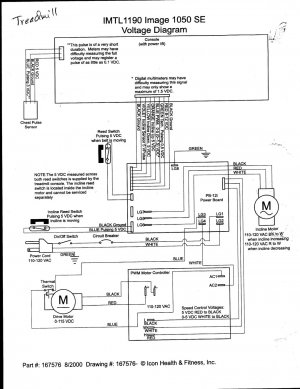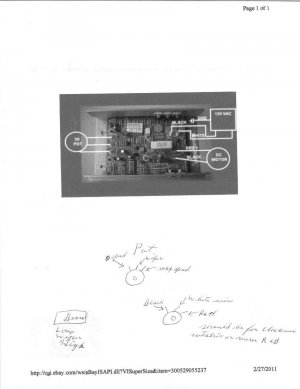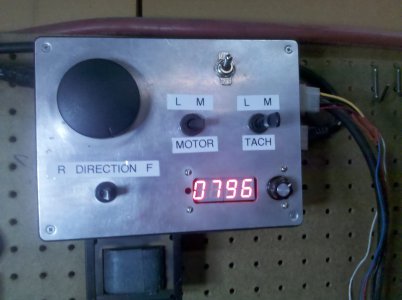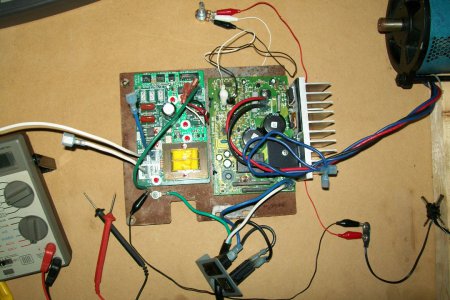- Joined
- Oct 15, 2013
- Messages
- 298
So I scored a free treadmill recently. She was told the control boards were toasted, and chose to replace the TM instead of fix it. Well.. It ran perfectly once I stuck a paint stick into the plastic key slot.
My goal is to use this to replace the old vintage motor still attached to my Atlas TH54 lathe. And if I can use the parts I have instead of buying a motor control, all the better!
Ok, so now I have the incline motor parts removed.. And I want rid of the treadmill control panel, but how do I go about this? I've been reading what I can find on it but still short on specifics. Is it a matter of wiring in a linear pot and switch? (the switch to allow starting at the last speed) If so where does this pot connect to? And what size/value of pot is needed?
Thanks in advance,
Wes
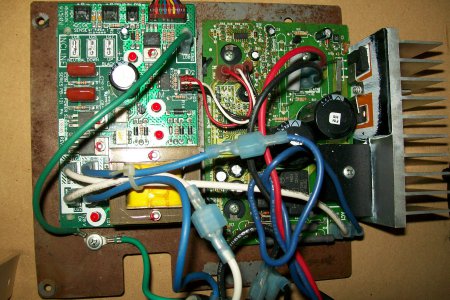
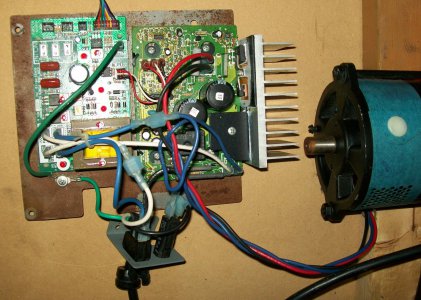


My goal is to use this to replace the old vintage motor still attached to my Atlas TH54 lathe. And if I can use the parts I have instead of buying a motor control, all the better!
Ok, so now I have the incline motor parts removed.. And I want rid of the treadmill control panel, but how do I go about this? I've been reading what I can find on it but still short on specifics. Is it a matter of wiring in a linear pot and switch? (the switch to allow starting at the last speed) If so where does this pot connect to? And what size/value of pot is needed?
Thanks in advance,
Wes






